Dell EMC PowerEdge T340 Management
We are going to focus our management discussion on iDRAC and some of the tools to manage an individual server. The company has offerings to manage fleets of servers as we saw in our Dell EMC PowerEdge MX review, but that can be several additional reviews. Instead, when you try to access the server’s remote management interface, you will see a standard interface that is equivalent to the company’s Intel Xeon experience.
The Dell EMC PowerEdge T340 utilizes iDRAC 9. One of the first things we noticed was the snappy responsiveness of the web UI. With this generation, Dell EMC upgraded the CPU that runs iDRAC. This means that the PowerEdge server is able to collect more data, send more data to fleet management controllers, and more notably, render pages faster.
The dashboard provides a simple UI to see status at a glance and directly launch IPMI management. One can also place the system into lockdown mode from the More Actions menu in the event you need to increase security.
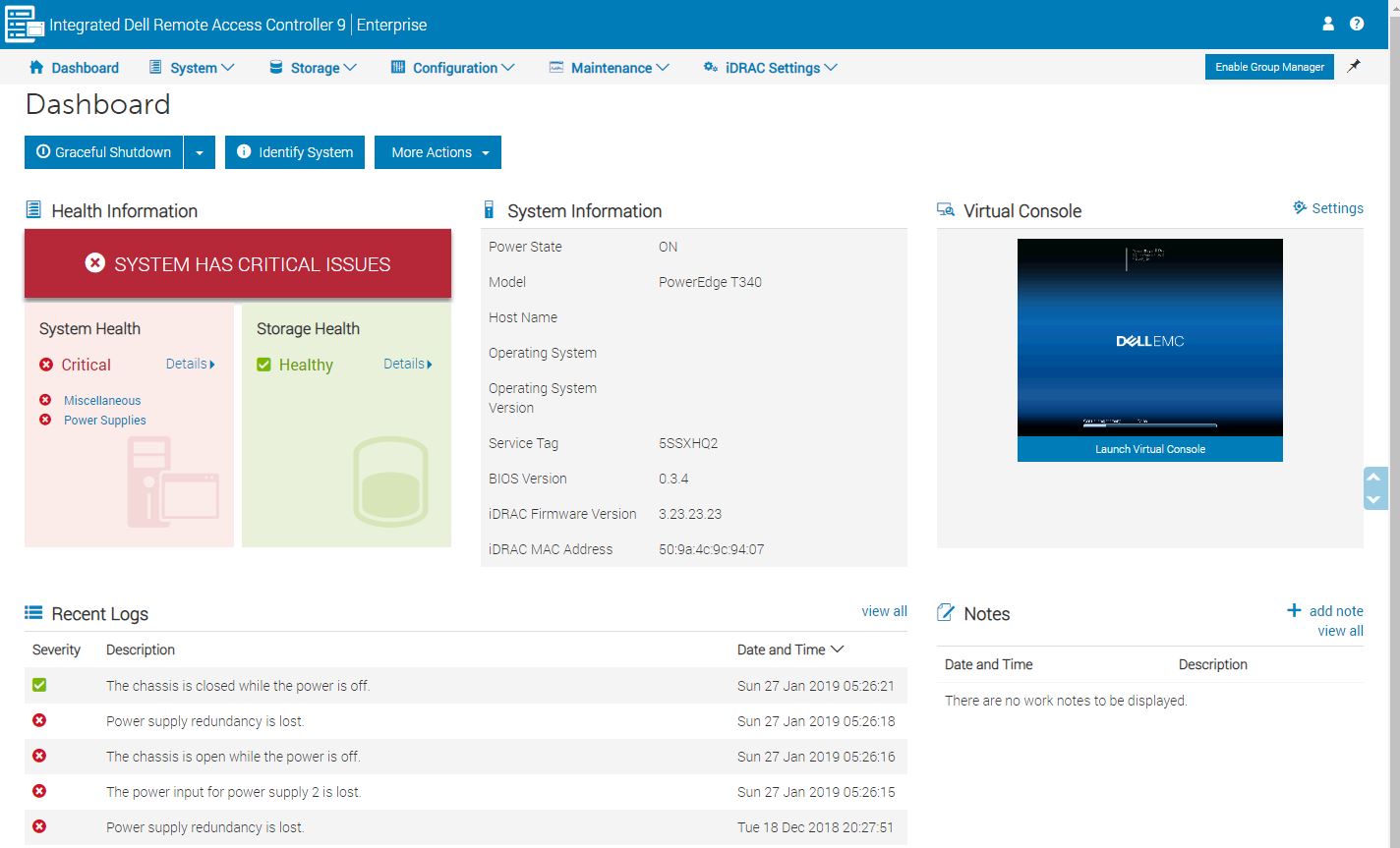
We use a lot of these web management tools since our lab has racks of gear from dozens of vendors. Some are fast with far fewer features such as Supermicro’s IPMI. Some have a lot of features but are slow. For example, if you have used a Lenovo Xeon E5 generation system’s IMM, you have had time to contemplate whether a sundial is an appropriate tool for timing the page loads. With iDRAC 9, the system is responsive.
The iKVM feature is a must-have feature for any server today as it has one of the best ROI’s when it comes to troubleshooting. iDRAC 9 features several iKVM console modes including Java, ActiveX, and HTML5.
Modern server management solutions such as iDRAC are essentially embedded IoT systems dedicated to managing bigger systems. As such, iDRAC has a number of configuration settings for the service module so you can set up proper networking as an example.
In terms of monitoring, iDRAC has a basic dashboard that gives stats. This can often be used as a sanity check.
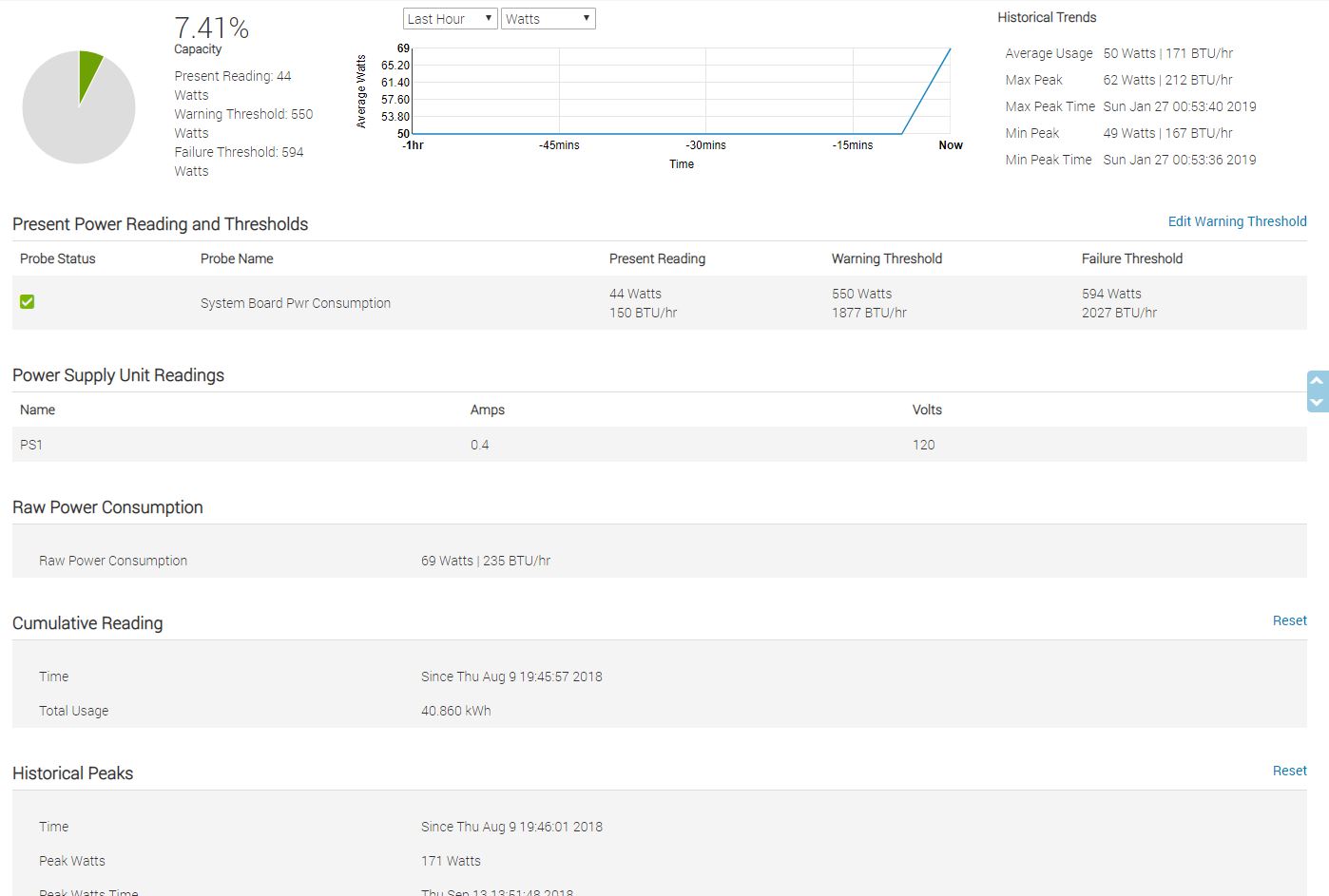
Although the individual metrics are interesting, the larger picture implication is that this monitoring can feed into larger monitoring and management solutions. Dell EMC has their own tools and is also active in the industry so if you use a 3rd party tool, there is a high probability iDRAC is supported.
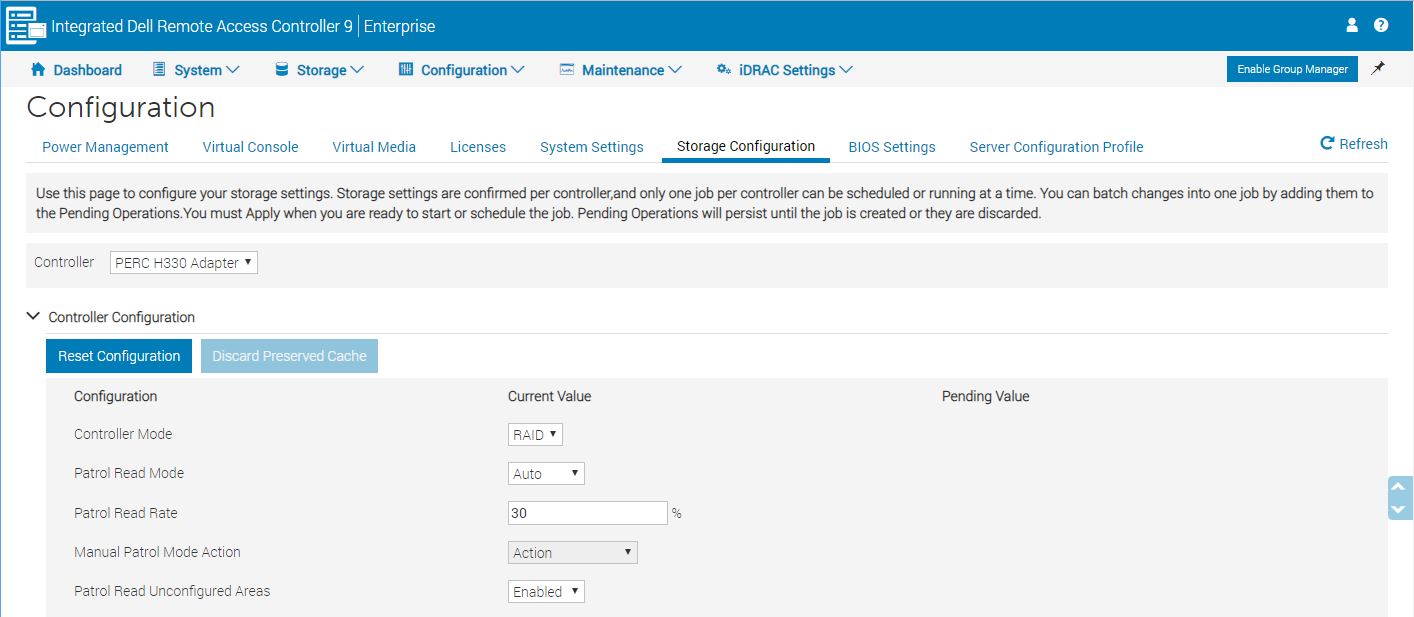
Part of that data collection involves simple tasks such as inventorying systems. It is common to have servers that were purchased at different times to have slightly different configurations. iDRAC can offer this data to management tools.
A standout feature we wanted to show was a BIOS configuration page. One can make BIOS changes via a web UI. That is astounding. If you (or your IT admin) has ever had to make a BIOS change using a legacy method, this is a huge benefit. Using iKVM was a major upgrade to the process but it was still onerous. An admin would remotely reboot a system and furiously attack the DEL, F2, or other keystrokes to ensure they made it into BIOS. From there, some of the less advanced 2018 BIOS setups still look like their UI designers idolized early 1990’s DOS programs. Some of the more advanced BIOS setups look more like Windows 2000 era programs. By having BIOS configurable using the iDRAC, one can use a modern UI and avoid that unpleasant process.
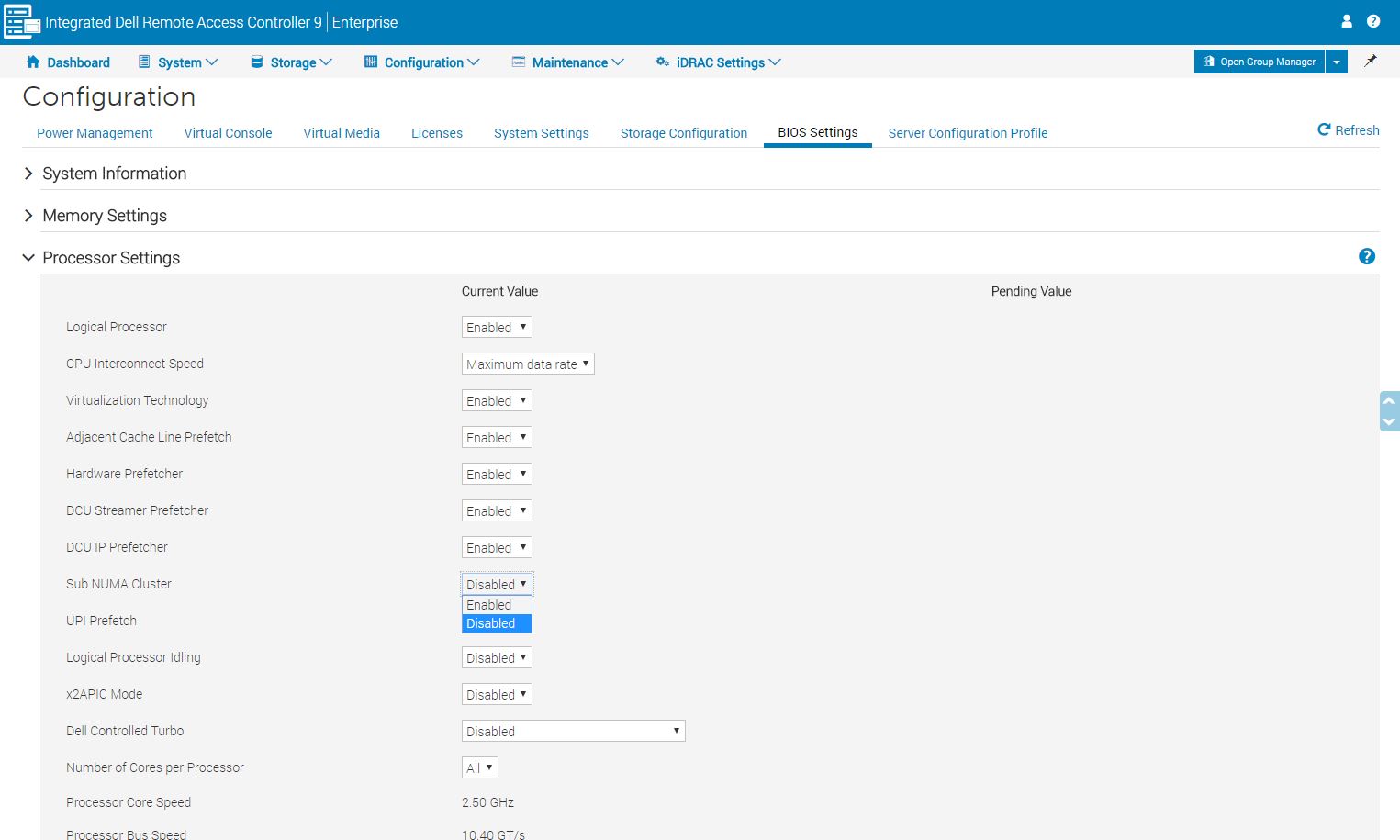
From the screenshots provided, you can see there is a lot more to iDRAC 9. If you want to learn more, go try it.
Our key takeaway here is that if you are accustomed to managing Dell EMC PowerEdge servers in your data center, the lower-cost tower server is going to feel the same. That is a great job by the Dell EMC team to keep the functionality virtually the same across platforms.
Dell EMC PowerEdge T340 Test Configuration
The Dell EMC PowerEdge came to us and we augmented the configuration for our benchmarking. Here is what we used:
- Server: Dell EMC PowerEdge T340
- CPU: Intel Xeon E-2186G (6 core/ 12 thread)
- Memory: 4x 16GB ECC UDIMMs
- Storage: 2x 1TB 3.5″ HDDs, 1x 400GB Intel DC S3710
- Storage Controller: Dell EMC PERC H330
- PCIe Networking: Mellanox ConnectX-4 Lx
- Power Supply Configuration: Redundant 495W
These types of servers are often ordered with single DIMMs for cost-sensitive segments of the market. Our configurations with 4x 16GB DIMMs are being used to match the higher-end CPU. We also cycled several CPUs through to get performance figures at different ends of the market.
Unlike our previous Intel Xeon E-2100 series reviews, we now have data from ten different CPU options that we can present in our performance section as we have gotten several more SKUs in the lab in the last quarter. We now have all of the 6 core/ 12 thread and 4 core/ 8 thread options on the market today along with the Core i3-8100 and Core i3-8300 options.
Dell EMC PowerEdge T340 Topology
As modern systems get more complex, we have added topology into our testing methodology. How devices are connected is becoming a bigger concern for our readers. Here is the system’s topology:
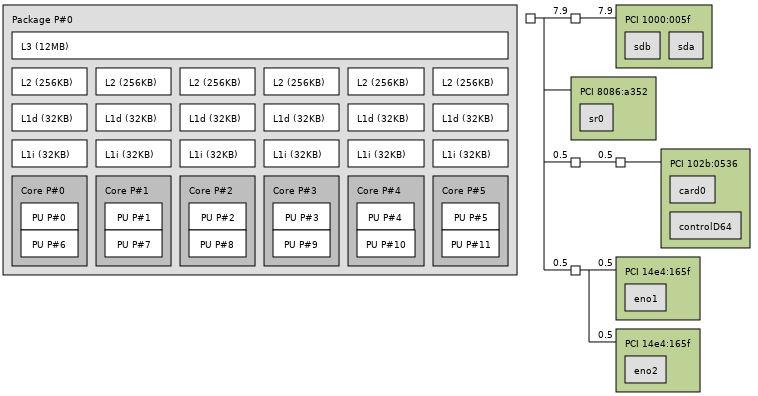
On the Intel Xeon E-2100 series, we see a relatively simple topology. This is a single chip design with a PCH so it aligns closely with almost a decade of architectures in the space. With future platforms, this will not necessarily be the case so it is at least important for looking at this system in a few quarters.
Next, we are going to look at the Dell EMC PowerEdge T340 performance before we get to power consumption and our final words.




To use 8×3.5 hard drives (total), do you need a card like the LSI SAS 9211-8i to utilize a second 4×3.5 drive cage?
I have a Lenovo TS440 – the first 4×3.5 SAS connector is on the motherboard, the second 4×3.5 expansion kit required me to acquire the LSI card. Thanks,
Nothing says hands on review quite like a discussion about the cover latch. Classic STH!
I wonder why they made this server so big. Most companies are trying to make things more compact. You could have mentioned that the bigger size isn’t good for office managers. If it takes up another half a square foot that’s several dollars a month for space which you’ve gotta add in TCO calculations.
It looks SIIIIIICK though! Like a tank of a server.
So…Based on this review…
I’m guessing it’s big? O_o
lol
You do realize the size has been the same for generations now and is due to being able to rack mount it.
I was pricing one of these machines on the Dell website (large corporate or IT buyers generally not using such means) last night and disappointed that everything today is ala carte pricing and even for mundane items one should not have to pay for to have included with any computer e.g. technical document on DVD.
Such approach to “one of” sales not the mindset what made Dell famous in the USA or why it was Dell even developed a large custom base during a period of high hardware competition choices (1990-2000). My first Dell up right computer was a dual Pentium Pro, my last Dell up right a dual P4, afterwards changing brands.
Worst, Dell’s ala carte pricing is driven in part by an unrealistic desire for constant, exponential revenue growth regardless of unit sales increase, a.k.a. corporate greed predicated on non equilibrium economic models, thus fitted with arbitrarily high retail pricing of an abusive nature rather than projecting an innate desire to benefit every day Americans, the Dell machine not assembled in the USA as should be, but Mexico.
The pricing schedule today, rather than in the past, when much of the pricing was premised more about a 1:1 product offering of a substituting nature, e.g. not having to over pay for intentionally proprietary (high profit margin for integrator and Apple ethos) hardware, with Dell no longer incorporating name brand OEM provider components and mountings as was their former Dell Sony displays, Dell Adaptec RAID controller… is ripe today for over pricing such as the minimalist Dell PERC to excessive pricing for Dell case front bezel.
To close, the motherboard in this computer, rather than designing a upright computer case that opens from the left (seen face on), is inverted top to bottom, thus not a proper mounting solution, but a disrespectful engineering short cut (hack) since this motherboard per peripheral slot direction, is intended to be oriented in the opposite (peripheral slots to the left, not right) direction. The purpose of the orientation is to prevent dust from accumulating onto the top (primary component side) surface of peripheral slot mounted PC board along with reduced thermal evacuating efficiency should the computer case be placed in an upright position and given situation in the photo, with dust potentially accumulating onto the top side of the PERC heat sink.
Park McGraw
Side note, I have not liked the manner in which a full size upright Dell computer case opens, since my dual P2.
Anybody know what the metal cage looking thing in the top right (in front of the psu) is for?
[refering to picture “Dell EMC PowerEdge T340 Internal Without Shroud”]
It looks HUGE! Was this designed for the China market where they like everything big? The cable routing is a mess, it looks over-complicated. Yes, you will need a card to support the additional drives beyond 4 drives.
Does this Server support puce bifurcation? I want to add a dual M.2 card for dual NVMe with the x8 slot. Such a card exists from Supermicro, but need PCIe bifurcation.
Otherwise I can only add 1 NVMe card per slot instead of 2. Not many free slots in this Server :-(
I wonder if this server has / will get bios support for Intel Xeon E-2278G?
That would make a great upgrade. But I fear processors are whitelisted.
Any chance you folks have revisited the T340 now that it’s been roughly a year and tried putting 128GB of RAM in it despite no word from Dell on it.
Can you update us on if the T340 now supports 128GB of RAM?
Same question, someone have tried 128GB? Thank you!
Does anyone know what BIOS settings are needed to hit the 41W idle mentioned in the review?